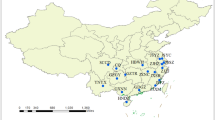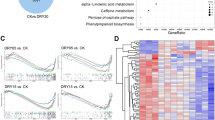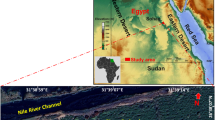Abstract
Background/Question/Methods
Exotic invaders routinely move faster than scientific publication processes. Lacking aerial dispersal stages, snails generally match descriptions of slow colonizers. However, reminiscent of the pace with which zebra mussels gained notoriety, a growing sense of urgency has emerged from management communities regarding established populations of exotic, invasive island apple snails (Pomacea insularum). Recently separated by mitochondrial markers as a related, yet distinct, species, P. insularum sits poised to follow along the invasive trajectory of its better known relative, the golden apple snail (P. canaliculata). Literature studies examining mechanisms that promote invasiveness suggest family history of invasion serves as a sufficient enough warning sign. Furthermore, a paucity of natural history information exists on this larger (max wet weight 166-g), more fecund (2000 eggs as average clutch size) aquatic plant consumer. Without insights into basic life history, actions within management agencies often stall. In just the past five years, multiple introductions gave rise to established reproductive populations across the entire Gulf Coast, from Texas to Florida and even northward to South Carolina. Using a combination of empirical results from multiple experiments and recently compiled insights from researchers studying invasive apple snails (encapsulated as a blog: http://snailbusters.wordpress.com/), we explore three questions. First, what patterns in life history emerge for P. insularum? Second, what natural history aspects appear missing? And third, how can dissemination of new findings shape future studies?
Results/Conclusions
Synthesis of experiments and observations from Texas provide compelling (i.e. statistically significant) evidence that P. insularum preferentially chooses to deposit clutches on emergent plants. Snails favor plants with strong circular stems, particularly wild taro (Colocasia esculenta). Unfortunately, easy to measure clutch characteristics (e.g. length, width, depth, volume) fail to predict hatching success. Female P. insularum snails tend to oviposit clutches substantially higher on plant stems than smaller female P. canaliculata. Permanent inundation of newly laid clutches completely prevents hatching, although the impact of water stress on clutch hatching efficiency varies with stress intensity and frequency. Complimentary research also notes differences depending in clutch developmental stage. Among managers and researchers, agreement clearly exists that the egg stage represents our best chance at slowing down the invasion. Relatively few studies focus on interactions (i.e. competition, predation) with native organisms. In conclusion, because clear time-pressure exists to protect native biodiversity, rise in popularity of non-traditional formats (i.e. blogs) to speed research along and increase networking has started in the case of invasive apple snails.
Similar content being viewed by others
Article PDF
Author information
Authors and Affiliations
Corresponding author
Rights and permissions
About this article
Cite this article
Burks, R., Van Dyke, J. Not a slow snail: Rapid rise of environmental awareness and ecological insights regarding invasive island apple snails (Pomacea insularum). Nat Prec (2009). https://doi.org/10.1038/npre.2009.3853.1
Received:
Accepted:
Published:
DOI: https://doi.org/10.1038/npre.2009.3853.1



